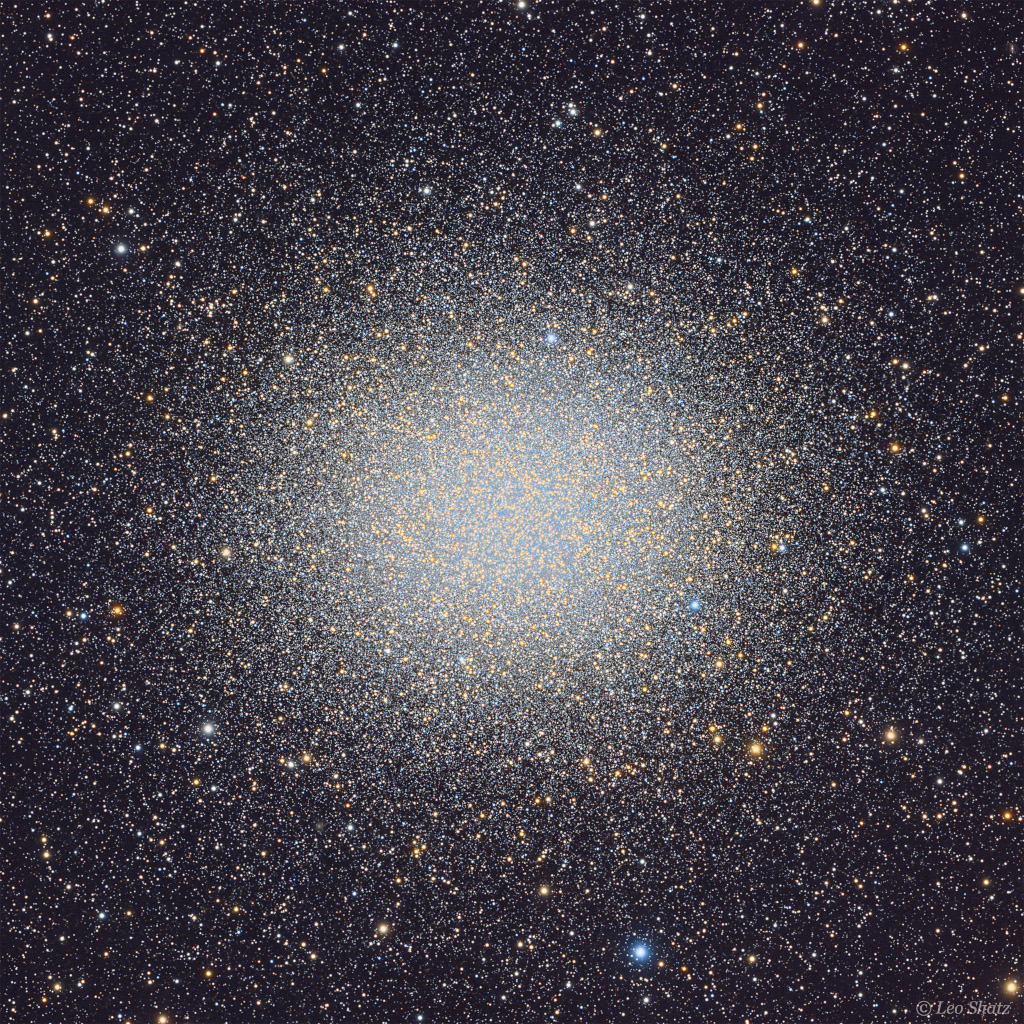
Would make a great retro kitchen counter
Posted on 07/26/2025 6:11:13 PM PDT by MtnClimber
Explanation: Globular star cluster Omega Centauri packs about 10 million stars much older than the Sun into a volume some 150 light-years in diameter. Also known as NGC 5139, at a distance of 15,000 light-years it's the largest and brightest of 200 or so known globular clusters that roam the halo of our Milky Way galaxy. Though most star clusters consist of stars with the same age and composition, the enigmatic Omega Cen exhibits the presence of different stellar populations with a spread of ages and chemical abundances. In fact, Omega Cen may be the remnant core of a small galaxy merging with the Milky Way. With a yellowish hue, Omega Centauri's red giant stars are easy to pick out in this sharp telescopic view. A two-decade-long exploration of the dense star cluster with the Hubble Space Telescope has revealed evidence for a massive black hole near the center of Omega Centauri.
ok

Would make a great retro kitchen counter
Nothing to see here, just a bunch of dots, maybe stars, like onions in a drying lot.
So why don’t the stars in one of these globular clusters all collapse on each other - they’re all gravitationally-attracted, aren’t they?
Holy Friggin Mackerel!
Hmmm...
If it were a school/cluster of Mackerel, the motion would be random instead of orbital around the blackhole???
Disclaimer: Opinions posted on Free Republic are those of the individual posters and do not necessarily represent the opinion of Free Republic or its management. All materials posted herein are protected by copyright law and the exemption for fair use of copyrighted works.